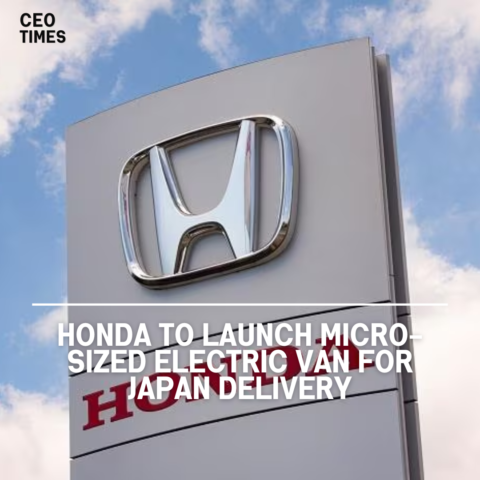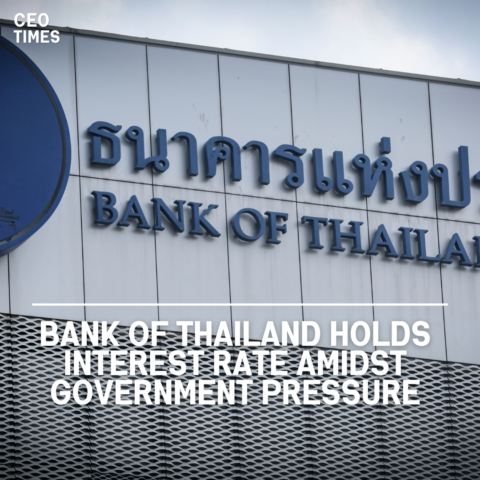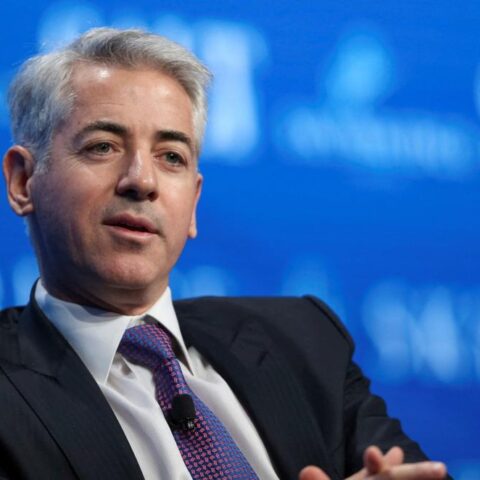Honda Motor has announced plans to cease vehicle production at its Ayutthaya factory in Thailand by 2025. This decision is part of Honda’s strategy to consolidate its manufacturing operations under the Prachinburi plant, reflecting evolving market conditions and competitive pressures in Southeast Asia.
Reasons for Consolidation:
Honda faces increasing competition in Thailand from Chinese automakers who are aggressively expanding their market presence. Additionally, growing consumer demand for electric vehicles (EVs) is reshaping the automotive landscape in the region.
By consolidating vehicle production at the Prachinburi plant, which was established more recently in 2016, Honda aims to streamline operations and improve efficiency. The Ayutthaya plant, which has been operational since 1996, will transition to producing car parts after halting vehicle manufacturing.
Production and Sales Trends:
Combined vehicle production at Honda’s Thai plants has decreased from 228,000 vehicles in 2019 to under 150,000 vehicles annually over the past four years, reflecting market challenges and adjustments in production strategy.
Honda’s sales in Thailand have been modest, consistently below 100,000 units annually for the past four years, indicating a gap between production capacity and market demand.
Market Strategy Moving Forward:
Despite scaling back domestic production, Honda will continue to export vehicles from Thailand, primarily to other Southeast Asian markets like Indonesia and the Philippines. This export strategy aims to optimize capacity utilization and maintain regional market presence.
Honda has no immediate plans for new investments in Thailand, indicating a cautious approach amidst competitive pressures and market uncertainties.
Impact of Chinese Competition:
In Southeast Asia, Japanese automakers like Honda face challenges from Chinese brands offering competitive pricing and advanced EV technologies. This competitive landscape underscores the need for strategic adjustments and market positioning.
Beyond Southeast Asia, Japanese automakers are also competing with Chinese EV makers’ competition in global markets, highlighting broader shifts in the automotive industry.




















